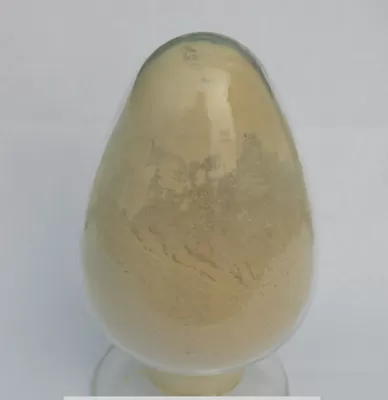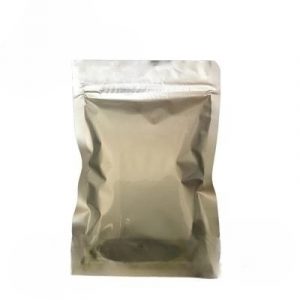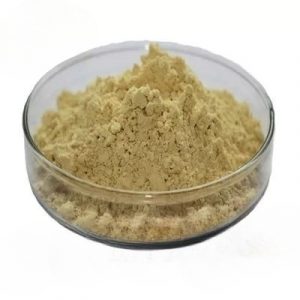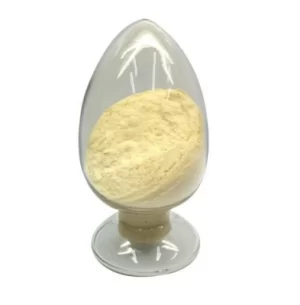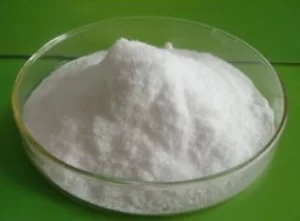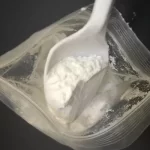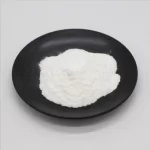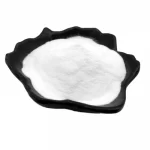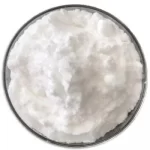Description
CAS 528-43-8 Antioxidant Magnolia Bark Extract Magnolol
Description
| Product Name: | Magnolol | CAS No.: | 528-43-8 |
|---|---|---|---|
| Molecular Formula: | C18H18O2 | Molecular Weight: | 266.33 |
| Apperance: | White Powder | MSDS: | Avaliable |
| Storage: | Cool And Dry | ||
| High Light: |
Magnolia Bark Extract Magnolol, Antioxidant Magnolol, CAS 528-43-8 Magnolia Bark Extract |
||
Plant Extract Powder Antioxidant and antibacterial Magnolia Bark Extract Magnolol CAS 528-43-8
Description:
| Product name | Magnolol |
| CAS no. | 528-43-8 |
| Molecular formula | C18H18O2 |
| Molecular weight | 266.33 |
| Purity | 99%min |
| COA | Available |
Function:
1. Used for content determination/identification/pharmacological experiments, etc.
2. Magnolol has obvious and long-lasting central muscle relaxation, central nervous system inhibition, anti-inflammatory, antibacterial, anti-pathogenic microorganisms, anti-ulcer, anti-oxidation, anti-tumor, inhibition of morphine withdrawal, and inhibition of platelet aggregation And other pharmacological effects, magnolol is used to treat acute enteritis, bacterial or amoebic dysentery, chronic gastritis and so on. Among them, in terms of antibacterial effect, magnolol has significant antibacterial activity against Gram-positive bacteria, acid-resistant bacteria, and filamentous fungi. It has a more significant antibacterial effect against Streptococcus mutans, and has the strongest inhibitory effect against Staphylococcus. Clinically, it is mainly used as a medicine to eliminate tightness in the chest and abdomen, calm the central nervous system, relax the muscles of athletes, anti-fungal, and anti-ulcer.
3. It has anti-fungal, antibacterial and antioxidant biologically active substances, and has anti-inflammatory activity by interfering with NF-κB signal transduction.

